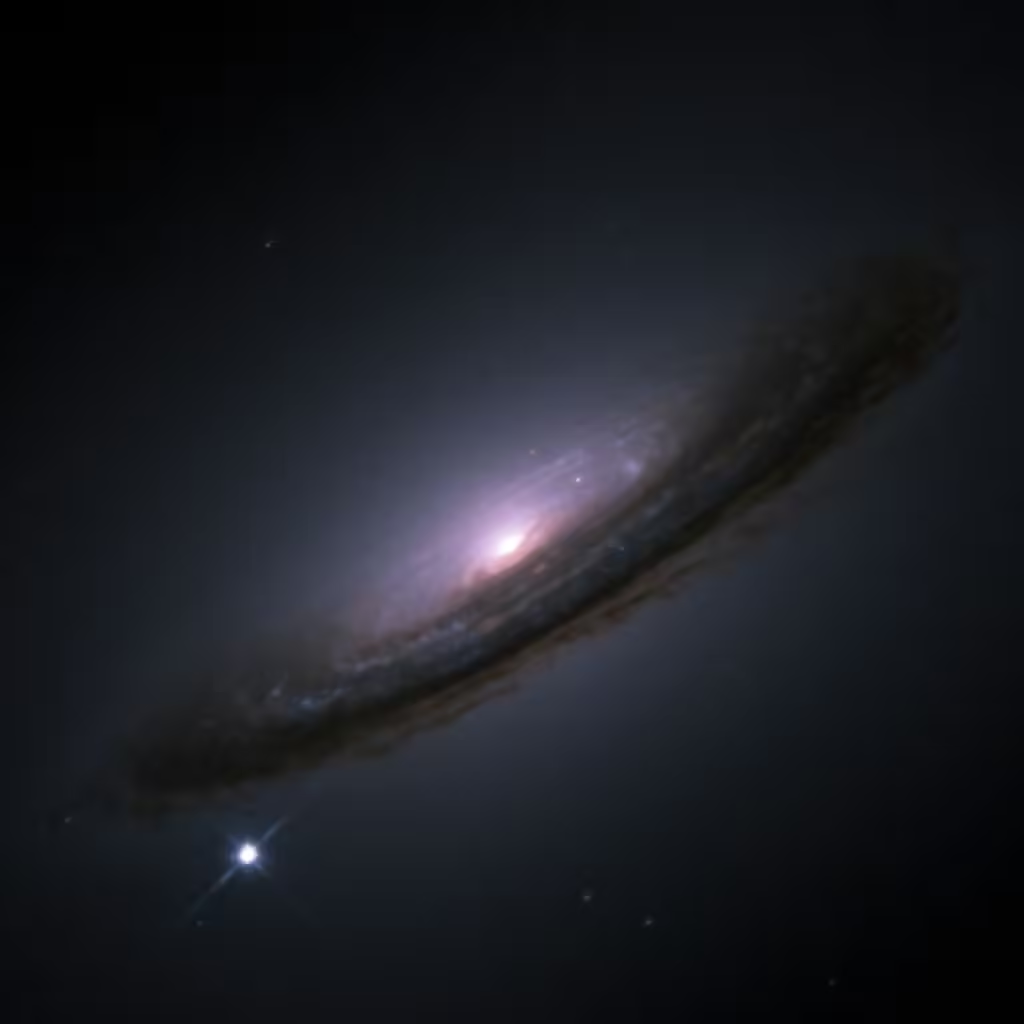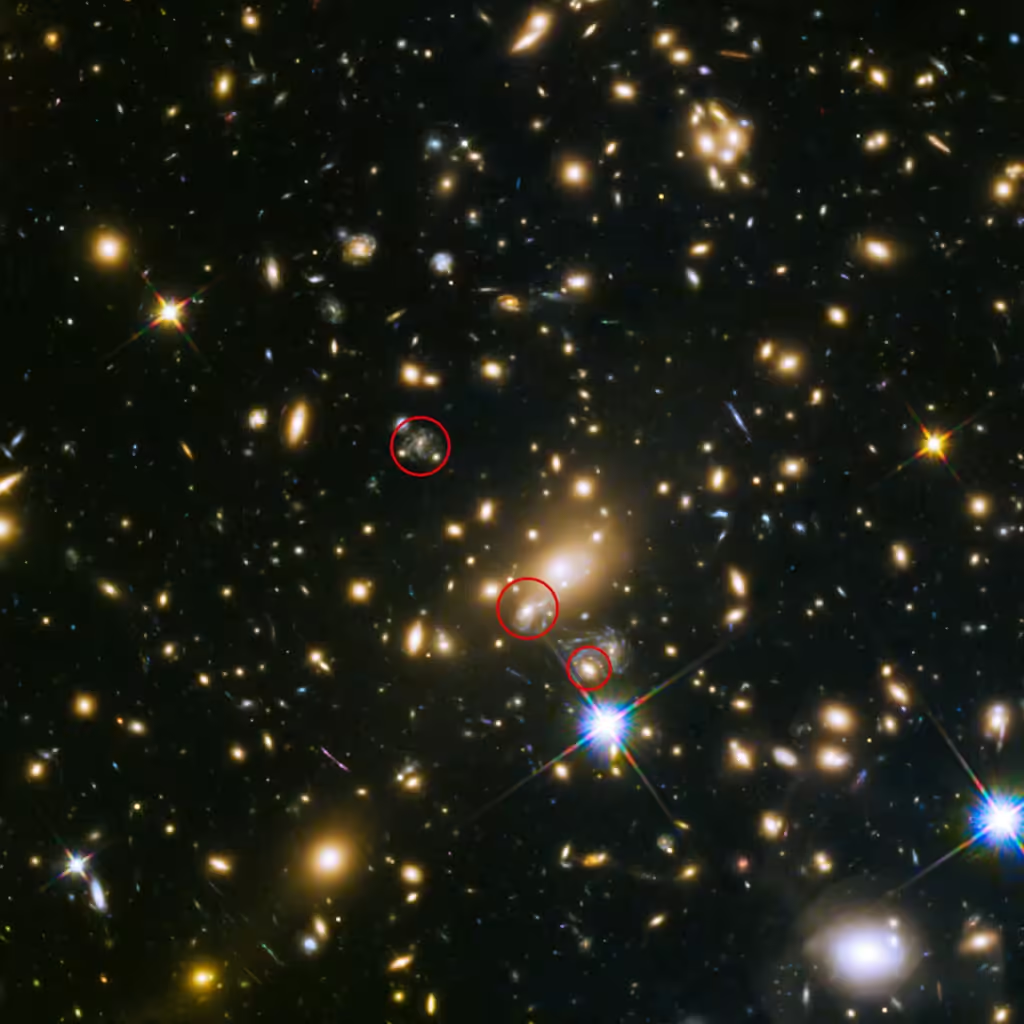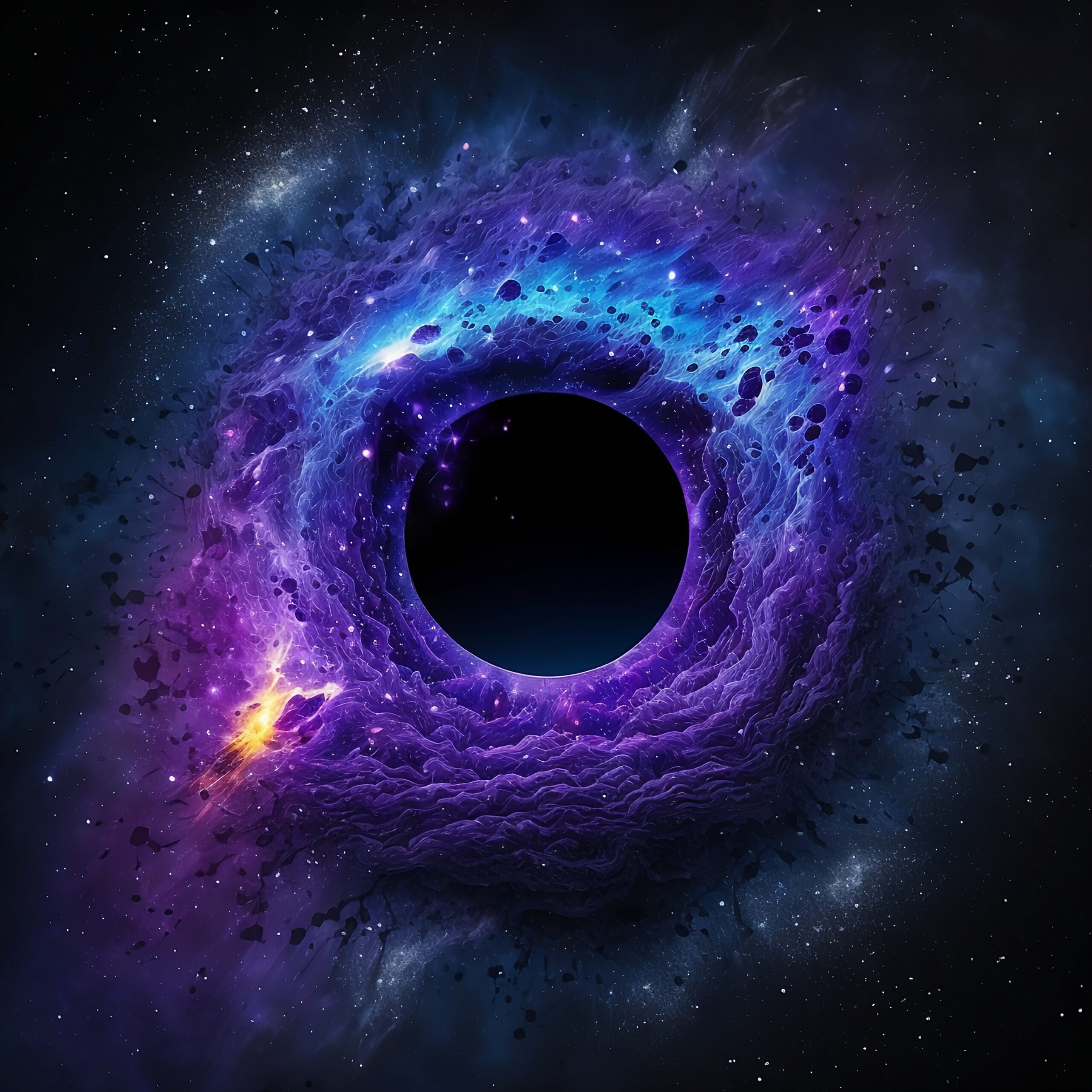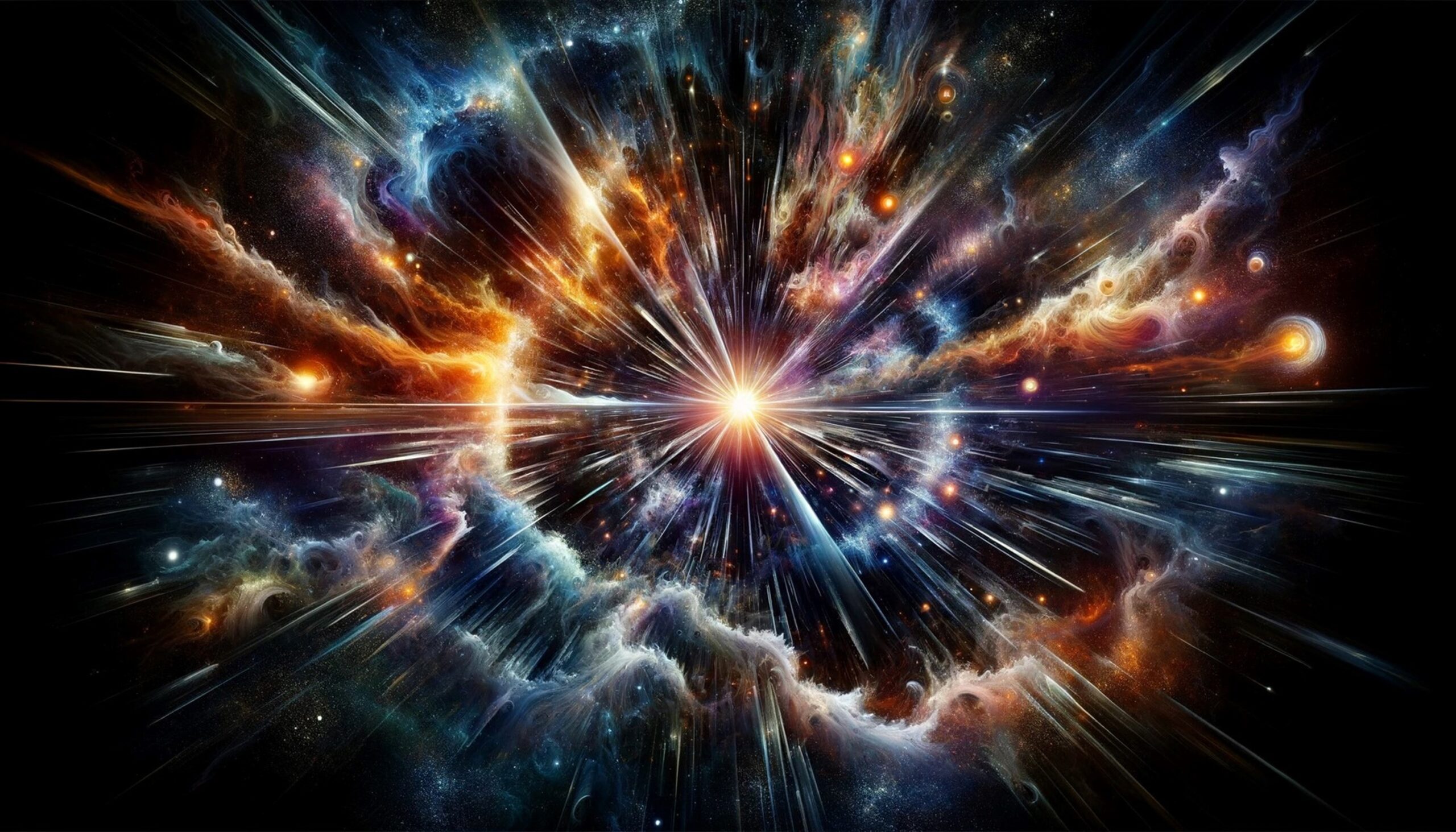Introduction
Supernovas are some of the most powerful and amazing events in the universe. They mark the explosive end of massive stars. When a star much bigger than our Sun runs out of fuel, it can’t longer hold up against its gravity. This causes it to collapse dramatically and explode, releasing huge amounts of energy, light, and particles into space. These explosions are not only incredible to see, but they also play an important role in the universe. They spread elements that help form new stars, planets, and even life.
This brings us to an interesting and slightly scary question: Could a supernova ever affect Earth, and what would happen if it did? By studying supernovas, we can learn what such a distant but powerful explosion could mean for our planet and its people.
Types
A supernova marks the explosive end of a star’s life, releasing enormous amounts of energy and radiation into space. There are two main types of supernovas, each caused by different situations:
Type Ia Supernova:
This type happens in a binary star system, where two stars orbit each other. If one of the stars is a white dwarf—a small and dense leftover from a star—it can take material from its companion star. When the white dwarf gets too heavy, it becomes unstable and triggers a powerful explosion. This explosion gives off a steady amount of light and energy, which is why Type Ia supernovas are often used as “standard candles” to measure distances in space.
Type II Supernova:
This type occurs in massive stars, usually those that are at least eight times heavier than our Sun. Over millions of years, these stars fuse different elements in their cores, eventually making iron, which doesn’t generate energy through fusion. When the core becomes too heavy, it collapses under its gravity, causing a huge explosion. This can lead to the formation of either a neutron star or a black hole, depending on how massive the original star was.

Page URL: https://commons.wikimedia.org/wiki/
Attribution: NASA/ESA, CC BY 3.0 https://creativecommons.org/licenses/by/3.0, via Wikimedia Commons
Safe zone
Supernovas release an incredible amount of energy—often as much as the Sun would produce over billions of years. However, they usually happen very far away, in galaxies that are many light-years away from us, which is why we aren’t directly affected. But if a supernova were to occur close to Earth, the radiation from the explosion could seriously harm our atmosphere and life on the planet.
In astrophysics, the term “kill zone” describes the distance within which a supernova’s radiation could be harmful to life on Earth. Scientists estimate that if a supernova were to occur within 30 to 50 light-years from us, it could expose our planet to dangerous levels of radiation, such as gamma rays, X-rays, and cosmic rays. This high-energy radiation could harm our atmosphere, especially the ozone layer, which protects us from harmful ultraviolet (UV) rays from the Sun.
The exact distance of the “kill zone” depends on several factors, including the type and size of the supernova. Type II supernovas, which come from very large stars, release a lot of energy but usually have a more limited effect. On the other hand, Type Ia supernovas produce very intense and uniform explosions and are considered to be a greater risk if they occur closer than 50 light-years. Other factors, such as how close a star is to the centre of our galaxy (where supernovas happen more often) and its alignment with Earth, can also affect the potential impact.
Fortunately, the stars nearest to us, including our Sun, are not at risk of going supernova. Astronomers closely monitor massive stars nearby that could pose a threat, but the chances of a dangerous supernova happening within that distance are very low.
Effects on Earth
If a supernova were to happen close enough to Earth, its powerful radiation could cause serious damage to our planet, mainly through high-energy gamma rays and X-rays. Here’s a look at the possible effects:
- Radiation Effects
Gamma rays and X-rays are very high-energy forms of radiation. A nearby supernova would release a burst of these rays that could penetrate Earth’s atmosphere. This radiation can break apart atmospheric molecules and trigger chemical reactions, which might destroy the ozone layer. Unlike sunlight, which gets weakened as it reaches us, supernova radiation would come with intense energy, posing an immediate risk to our atmosphere. - Atmospheric Impact
The destruction of the ozone layer would be a serious consequence. The ozone layer protects Earth from the Sun’s harmful ultraviolet (UV) rays. If the ozone layer were damaged, more UV radiation would reach the surface. Increased UV exposure can disrupt DNA in living things, lead to higher rates of skin cancer, reduce crop yields, and harm ocean life, especially phytoplankton, which is vital to many marine food webs. This could upset ecosystems and potentially cause ecological collapse in affected areas. - Ecological Impact on Life
More UV radiation due to ozone depletion could result in increased skin cancer rates, cataracts, and other health problems in both humans and animals. The effects could also extend to plants and tiny organisms, impacting entire ecosystems. Some scientists believe that past extinction events might have been triggered or worsened by nearby supernovas. For instance, certain mass extinctions in Earth’s history may line up with spikes in radiation found in the fossil record, suggesting that radiation from a supernova could disrupt life on a global scale.
While these scenarios sound catastrophic, it’s essential to remember that supernovas within this dangerous distance are very rare. However, understanding these potential effects helps us appreciate the fragile balance that keeps life going on Earth.
Historical Event
There is interesting historical evidence and scientific speculation suggesting that supernovas may have influenced Earth in the past. For example, traces of certain isotopes, such as iron-60, have been found in ancient ocean sediments on Earth and the Moon. Iron-60 is a radioactive isotope that doesn’t occur naturally in large amounts on Earth but is released during supernova explosions. The discovery of iron-60 deposits dating back millions of years indicates that Earth may have been “sprinkled” with materials from supernovas nearby, possibly affecting the planet’s environment.
Some scientists believe that certain mass extinction events might be linked to supernovas. For instance, the late Devonian extinction, which happened about 360 million years ago, saw a major drop in biodiversity, especially in marine life. Increased UV exposure, possibly due to ozone depletion caused by a supernova, could have contributed to these extinctions. Although these ideas are still speculative, they offer insight into how cosmic events might have shaped Earth’s biological history.

Page URL: https://commons.wikimedia.org/wiki/
Attribution: Hubble ESA, CC BY 2.0 https://creativecommons.org/licenses/by/2.0, via Wikimedia Commons
Hypothetical Supernova Scenarios in Our Galactic Neighborhood
Among the stars in our galactic neighborhood, a few are considered potential supernova candidates that astronomers keep an eye on due to their size and life stage. One notable example is Betelgeuse, a red supergiant star located about 550-700 light-years away in the constellation Orion. Betelgeuse is nearing the end of its life and could explode as a Type II supernova within the next million years. This event would be spectacular to see from Earth, but it’s far enough away to be safe for life here. It would be bright enough to see even during the day, but not close enough to pose a threat.
Another candidate is IK Pegasi, a binary star system located about 150 light-years away. This system includes a white dwarf that could become a Type Ia supernova if it gathers enough material from its companion star. However, IK Pegasi is also at a safe distance, so any radiation from a potential explosion would likely dissipate before reaching Earth.
These examples show that while there are potential supernova candidates in our galaxy, none are currently close enough to pose an immediate threat to Earth.
Conclusion
In conclusion, the chance of a supernova affecting Earth in a harmful way is extremely rare. For a supernova to truly pose a threat, it would need to happen within about 30 to 50 light-years from us, which is unlikely because of the great distances between us and most massive stars that are nearing the end of their life cycles. The nearby stars that could go supernova, like Betelgeuse, are far enough away that they would be visually impressive but not dangerous.
Studying supernovas not only helps us understand these powerful cosmic events but also enhances our knowledge of how essential elements for life are created and spread throughout the universe. By exploring supernovas, we learn more about the forces that shape galaxies and the very matter that forms planets and living beings. This perspective highlights Earth’s resilience in the cosmos and fosters a deeper appreciation for the delicate balance of conditions that support life on our planet.
Share the knowledge with

